Tags: Fossils
265-Million-Year-Old Fossils From Gigantic Apex Predators That Rule Earth Before Dinosaurs Unearthed in Brazil

Flowering Plants Thrived After Dinosaur Extinction 66 Million Years Ago, Study Reveals

34-Million-Year-Old Whale Skull Found by High School Student in Family Timber Farm in Alabama
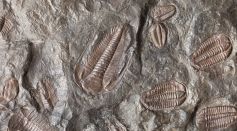
Three-Eyed Creature Related to Crustaceans and Insects Could Shed Light on Early Arthropod Evolution

Extinction of Europe's First Humans, Homo Erectus Due to Severe Cooling Event 1.1 Million Years Ago, Study Reveals

Ancient Colossal Whale Could Be the Heaviest Known Animal To Have Ever Lived, Outweighing Blue Whales
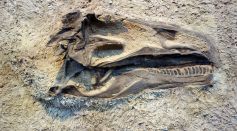
Dinosaur Bone Bed Discovered Behind Maryland Business Park Contains Over 100 Fossils That Are Around 115 Million Years Old
DNA Analysis of 2-million-year-old Fossilized Teeth Reveals Distant Cousin of Hominids
Giant Predator Decapitated in One Single Bite by a Deadlier Creature in the Ancient Seas

Is There a Snake With Legs? 95 Million-Year-Old Fossils Challenge Understanding of How Serpents Evolved
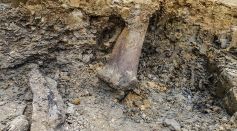
Ostrich-Like Dinosaurs in Ancient North America Grew to Enormous Sizes, Becoming One of the Largest in the World

Glowing Golden Fossils From Early Jurassic Site Shed Light on How Exceptional Fossilization Takes Place, New Study Shows

First Known Evidence of Cancer Found in Early Human Relative's Toe Bone Unearthed in South Africa
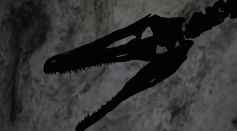
World's Biggest Raptor Is 10 Million Years Older Than Previously Recorded, Fossil Analysis Reveals
Reconstructed 330-Million-Year-Old Fossils of the 'Tadpole From Hell' Reveal a Shape Similar to a Crocodile
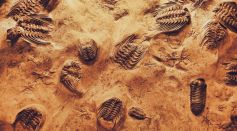
Fossilized Brains, Eyes of 462-Million-Year-Old Creatures Kept in Castle Bank Fossil Deposit in Wales; Could These Be Earth's Early Life Forms?
500 Million-Year-Old Fossils Mistakenly Identified; Remains Not From an Aquatic Animal but Seaweeds
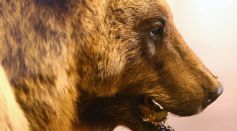
3,500-Year-old Perfectly Preserved, Mummified Bear Might Lead to 'Breakthrough in Ancient Animal Study'

Oldest Known Pollen-carrying Insect Lived About 280 Million Years Ago, Pushing Fossil Records

Origin of Birds' Wings: Missing Link Could Be Traced Back to Non-avian Dinosaurs
Most Popular

Tree Communication Explained: How Underground Fungi Networks Connect Entire Forests

Space Tourism Future: How Commercial Space Travel Will Transform Civilian Exploration

How Space Observation and the Solar Light Spectrum Make the Sun Look Different in Space Than on Earth

Universe Origin Revealed: Exploring the Latest Big Bang Science Theories and Discoveries




